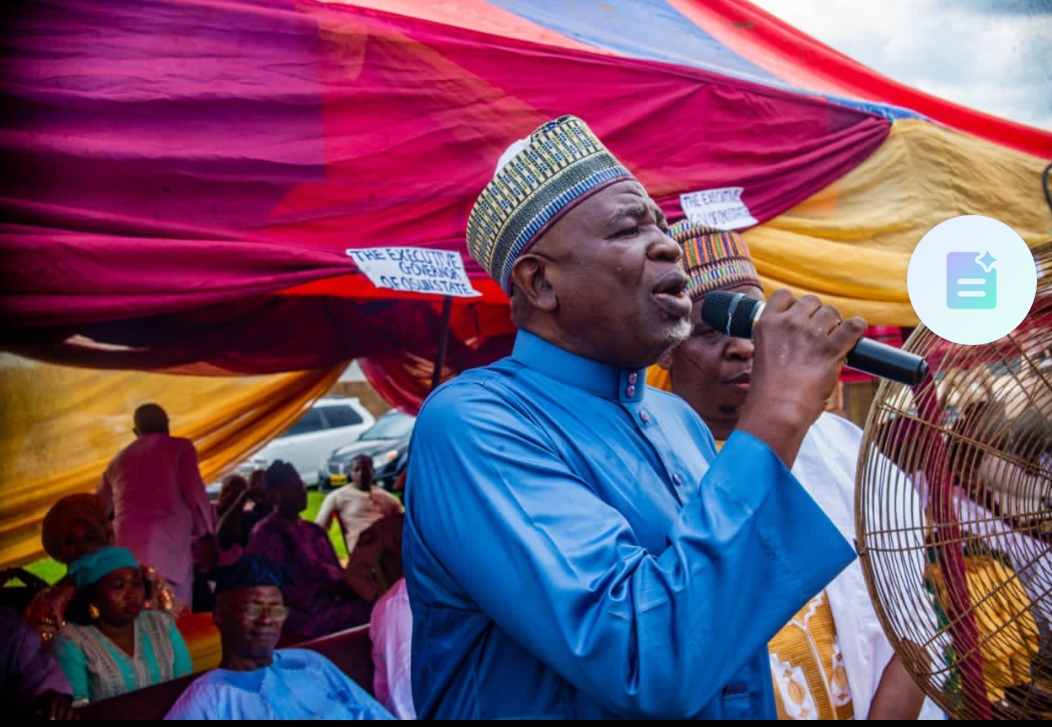BREAKING: Armed transporters invade national park in Oyo, kill 5
January 7, 2026JUST IN : Despite meeting bail conditions, Malami remains in Kuje
January 7, 2026Utilising Realia to Connect Classroom Learning with Real-Life Situations
Utilising Realia to Connect Classroom Learning with Real-Life Situations

Contrary to common misconception, teaching is not a daunting task when the educator is well-prepared. Successful teaching goes beyond merely preparing students for examinations; it involves connecting learning activities to real-world situations. This not only motivates students but also makes the learning experience more engaging and memorable.
Students are naturally drawn to lessons that solve real-world problems – this is the essence of practical teaching.
In educational parlance, ‘realia’ refers to the objects used to bridge the gap between classroom instruction and real-life situations. These tools, skillfully deployed by teachers, enhance the learning process.
Realia can take many forms. They might be common inscriptions seen on public walls, everyday objects within the students’ environment, or even tangible classroom materials. Alternatively, realia could be experiential, such as an educational field trip designed to deepen students’ understanding.
The advent of technology has simplified the use of virtual realia. Models can now be showcased via projectors or computer screens, offering students a detailed view they might otherwise struggle to comprehend.

In the contemporary educational landscape, teaching that fails to connect students with the world beyond the classroom risks being unproductive.
As a language instructor, I value the incorporation of realia highly. I believe it imparts multi-sensory language experiences to learners through sight, sound, and touch. It also familiarizes students with language as it is employed in real-world situations, thereby sparking interest in lessons and bolstering their communicative skills.
My Classroom Experiences
Almost every topic in the English language can be linked to real-life scenarios, including grammar. Aspects such as consonants and vowels are applicable in everyday activities.
For instance, I once encountered a group of junior students questioning the relevance of “active and passive voice“. After defining these terms and explaining their usage, especially focusing on the passive voice, I demonstrated the transformation from active to passive voice with numerous examples. I then presented instances that resonated with them.
Passive voice, for example, is often used in public warnings such as “Cars parked at owners’ risk,” or in product descriptions like “Made in Nigeria,” and “Manufactured by Gionee.”
When teaching is tied to familiar real-world scenarios, it enhances students’ retention. Incorporating realia into pedagogical practices renders the educational process less strenuous and more effective.
Akeem Alao, a Lagos-based language instructor and freelance journalist, wrote this article.
One thought on “Utilising Realia to Connect Classroom Learning with Real-Life Situations”
Leave a Reply
You must be logged in to post a comment.











[…] to i-News Nigeria correspondent, the CEO of Stylistician School of Languages, stated that the motivating factor was […]